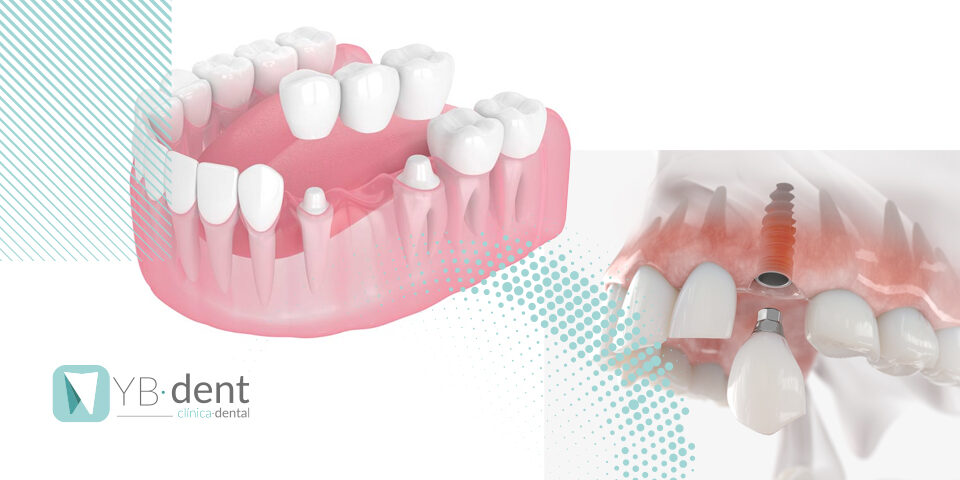Propiedades del ácido hialurónico

Actualmente, el ácido hialurónico es un producto que está a la orden del día pero pocos saben sobre su procedencia, sus propiedades, sus usos o sus ventajas. Desde YB-dent te lo contamos todo sobre el ácido hialurónico en este post.
¿Qué es el ácido hialurónico?
El ácido hialurónico se considera como un material de relleno con el objetivo de alisar la piel atrayendo moléculas de agua para promover la hidratación de las células. Esta sustancia se produce de forma natural en nuestro organismo y se encuentra en los tejidos, en los cartílagos, en los tendones de las articulaciones o en el cuerpo vítreo de nuestro globo ocular.
Por tanto, es un líquido esencial para el cuerpo humano ya que nos proporciona distintas funciones como la separación entre articulaciones, la amortiguación de los golpes o el transporte de nutrientes al tejido cartilaginoso de modo que acciones diarias para nosotros como caminar o articular no nos resultan dolorosas.
Sin embargo, con el paso de la edad nuestro cuerpo ya no regenera el ácido hialurónico de forma natural y necesita introducirlo de otras formas si queremos seguir manteniendo una buena calidad de vida. A los 35 años aproximadamente, la capacidad de nuestro cuerpo para producir esta sustancia se reduce.
Aplicaciones de ácido hialurónico
El ácido hialurónico tiene distintos modos de uso ya que dependiendo los objetivos que queramos conseguir con él podremos hacerlo de una forma u otra:
- Cremas rejuvenecedoras. Este tipo de cremas suelen centrarse en zonas concretas como el rostro, el cuello o el escote con la finalidad de ayudar a que la piel siga teniendo elasticidad.
- Cremas hidratantes. Estos productos también se aplican directamente a la piel con el objetivo de recuperar hidratación o agua.
- Infiltraciones sanitarias. Las infiltraciones de ácido hialurónico pueden tener un objetivo de origen médico como calmar dolores articulares o estético.
- Complementos alimenticios. Hay algunos complementos que contienen esta sustancia y ayudan a nuestro cuerpo a asimilarla con el fin de mantener el buen funcionamiento de nuestras articulaciones, tendones o cartílagos.
10 Beneficios del ácido hialurónico
Como bien hemos mencionado en los párrafos anteriores, el ácido hialurónico nos proporciona muchas ventajas, pero… ¿Cuáles son concretamente?
- Es humectante, por lo que ayuda a controlar los niveles de humedad de la piel para proporcionar beneficios de hidratación a largo plazo.
- Es hidratante, une las células de nuestra piel con las moléculas de agua potenciando un efecto rejuvenecedor.
- Fortalece las barreras naturales de la piel para frenar la humedad.
- Esto ayuda a que nuestra piel pueda defenderse con mayor flexibilidad de los cambios de temperatura o de los contaminantes.
- Rellena la piel, por lo que reafirma los contornos faciales.
- Proporciona a nuestra piel una textura más suave que se manifiesta de forma visual y sensorial.
- Reduce el tamaño de arrugas y líneas finas estimulando a que las células puedan fabricar colágeno y elastina.
- Asimismo, potencia la regeneración de las células de la piel.
- Impide la sobreproducción de aceite que conlleva al acné.
- Tiene la capacidad de reducir problemas de pigmentación en la piel y manchas.
¿Cuáles son las principales aplicaciones?
En clínica YB-dent, contamos con profesionales altamente cualificados para llevar a cabo tratamientos de inyección de ácido hialurónico y con la tecnología e instrumentos sanitarios necesarios para poder ofrecer a nuestros pacientes casos de éxito.
La mayoría de nuestros clientes han confiado en nuestras manos para realizar tratamientos como:
- Definición del contorno de los labios o disminución de arrugas situadas en las comisuras.
- Disminución de líneas de expresión de la nariz.
- Conseguir labios más voluminosos o lisos.
- Ofrecer volumen en zonas del rostro como los pómulos.
- Eliminación de las llamadas patas de gallo.
Ahora bien, tras el análisis meticuloso de cada caso particular y los objetivos concretos que se desea conseguir el paciente, nuestro especialista recomienda la mejor opción para que este pueda disfrutar de las máximas ventajas que ofrecen los distintos tratamientos de ácido hialurónico.



